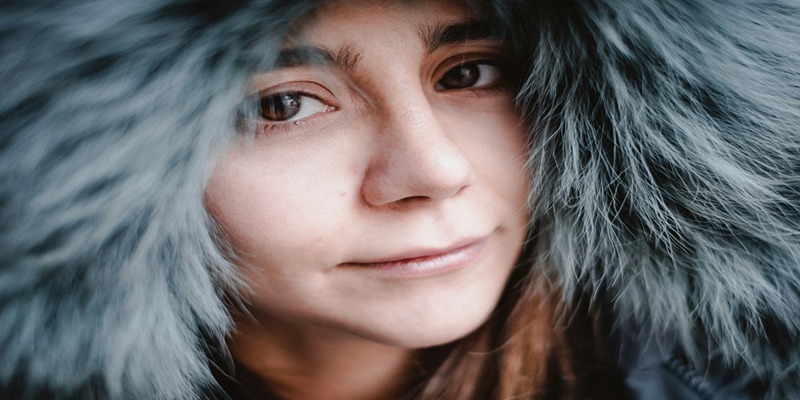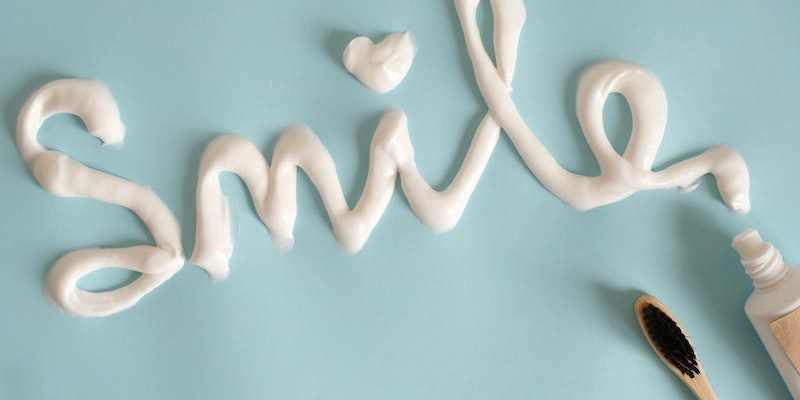Winter rash is a skin condition that is occasioned by cold weather, low humidity and use of heaters. These conditions cause skin irritation, redness, itching, and discomfort and one is bound to have sleepless nights. It is crucial for a person to discover ways of treating winter rash in order to have healthy skin during winter. This paper aims at describing the possible causes of winter rash and the signs of the same together with ways of managing the skin problem with ease. Thus, by considering the above tips, you can bid farewell to winter rash and have a comfortable, scratch-free winter.

Understanding Winter Rash
Causes of Winter Rash
Winter rash is mainly as a result of the cold dry air during winter and staying most of the time indoors with heaters that dry the skin. The dry environment during the winter can strip the skin of its natural oils hence causing it to become dry and sore. Also, the frequent movement between the cold outside climate and the warmer indoor conditions only makes this moisture loss worse. Heavy clothing, uncomfortable fabrics such as wool and frequent contact with rough materials also cause winter rash as well as using harsh soaps and detergents that remove the skins natural oils. These factors cumulatively deprive the skin of moisture, thus becoming vulnerable to rashes.
Symptoms of Winter Rash
Winter rash is characterised by several uncomfortable and observable signs. Some of the symptoms include; skin rashes and itching which may be mild or severe. The skin may dry up and develop a scaly texture and sometimes may start to peel or develop cracks. This dryness can cause the skin to become scaly and the affected areas may be red and sore to the touch. The rash, in more severe conditions, becomes uncomfortable and even painful, thus interfering with normal functioning and sleep. It is important to recognize these symptoms as early as possible and treat them before the skin becomes damaged even more and the patient experiences pain.
Effective Remedies for Winter Rash
Hydrating Moisturizers
Moisturizers are very useful for the treatment of winter rash and also for the prevention of winter rash. Search for the creams that have a thick consistency and contain emollients that would help replenish the skins moisture layer. Elements such as hyaluronic acid, glycerin, and ceramides are very efficient in attracting moisture to the skin and locking it in. Moisturize the skin right after taking a shower, and then reapply it as often as you can during the day. It is most effective when applied at night since the skin is given time to heal and absorb the creams at night. Daily application of a good moisturizer will help to minimize the effects of dryness and thus the winter rash.
Gentle Cleansing
The skin should be washed gently to prevent worsening of the winter rash. Choose very gentle and preferably hypoallergenic products that are meant for cleaning sensitive skin. Do not use hot water since it removes the skin natural oils and worsens the dryness and itching. It is recommended to use warm water and spend no more than 10-15 minutes in the shower. Do not rub the skin with a towel after washing, pat the skin with a gentle towel instead as rubbing makes the skin worse. Selecting the proper soap also preserves the skins moisture and does not worsen the rash any further.
Natural Remedies
Natural remedies can be used to give relief from the symptoms of winter rash. Aloe vera gel is known for its anti-inflammatory effect, which allows it to be used for calming the skin and decreasing redness and itching sensations. Coconut oil is also another natural moisturizer that is very helpful in retaining moisture and repairing skins natural barrier. Bath with oatmeal are very helpful for itchy skin as well as skin inflammation. To take an oatmeal bath, one cup of plain oatmeal should be ground to a fine powder and sprinkled into warm water and the bath should be taken for 15-20 minutes. Here are some natural remedies that can be used to treat winter rash without using chemicals that might harm the skin.

Humidifiers
Applying a humidifier is a great way to add moisture in the indoor environment which can greatly help in reducing the effects of winter rash. Heated indoor air in homes removes skins natural moisture resulting in dryness and skin rashes. A humidifier assists in maintaining the right level of humidity and this is good for the skin. Put a humidifier in the bedroom so that the air is kept moist while you are asleep. Daily use of a humidifier will help to avoid skin dryness and, therefore, the appearance of winter rash.
Protective Clothing
Preventing and managing winter rash is a function of choosing the right clothes to wear. Wear loose and light fabrics such as cotton that reduce skin chafing and allow skin to breathe. Do not wear clothes made from wool or synthetics next to your skin because they rub and make it worse if the skin is dry. Wearing layers of clothing is also effective in keeping warm and this way, you will not have to come into contact with irritating fabrics. Also, make sure that the soaps you use for washing your clothes and those that you use for ironing are gentle on the skin, and do not contain any allergens or chemicals that may cause skin rash. Winter rash is a condition that affects the skin and protective clothing is very important in avoiding skin irritation and managing the condition.
Preventive Measures for Winter Rash
Measures to avoid winter rash include the following that can be described as simple but effective measures of skin protection. Begin with maintaining the skins hydration by using thick and creamy lotions for better penetration of the moisturizers. Internal hydration is important so it is recommended to take a lot of water. Bring a humidifier to increase the moisture content in indoor air particularly at night. Use mild and unscented products on the skin and do not take very hot showers. Avoid tight and synthetic fabrics such as polyester to reduce rubbing on the skin. Avoiding the use of new clothes and bed linen without washing them first and the use of hypoallergenic washing powder can also be of assistance. Thus, following the above preventive measures, one can minimize the chances of getting winter rash and enjoy healthy skin during the winter season.
Conclusion
Winter rash is a difficult problem, but with the help of the described remedies and prevention, you can reduce the unpleasant symptoms and have beautiful skin. Lotions, mild soaps, water, and home treatments such as aloe and oatmeal are useful in treating the skin. Humidifiers and protective clothing also complement skin health. Adapting these practices into ones lifestyle is useful in sustaining skin hydration and avoiding skin inflammation. Knowing the causes and signs of winter rash and being prepared, you can bid farewell to restless nights and welcome the winter rash-free.




